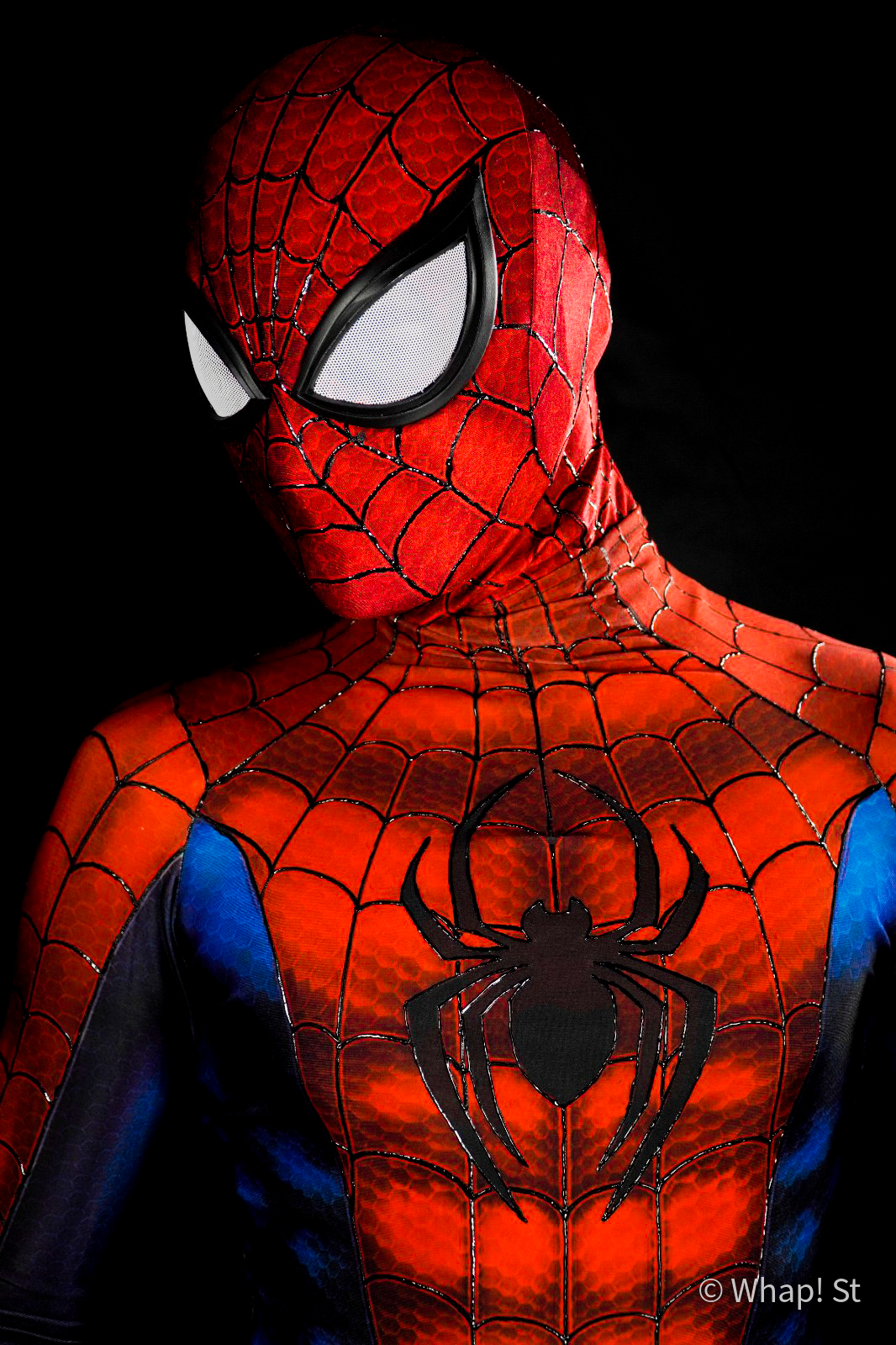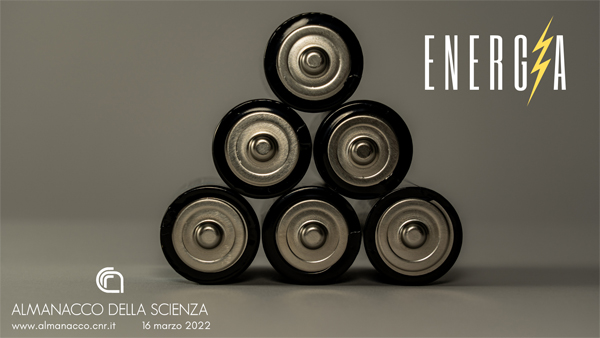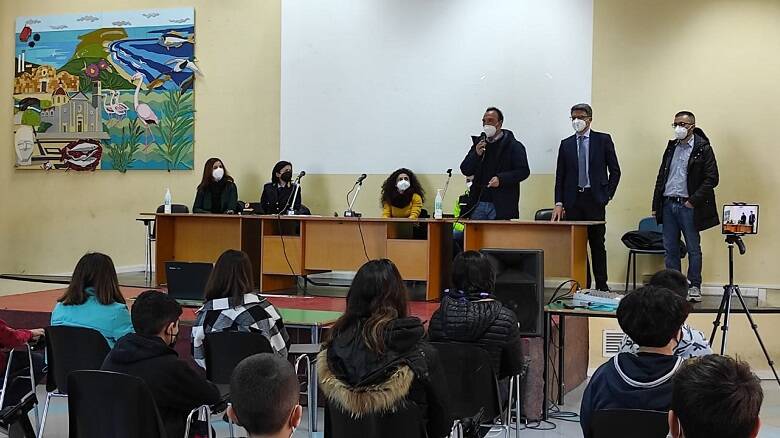“Aunt, are there other spider-men besides Spider-Man?” the book “Technology is religionWritten by Chiara Valerio (Enaudi, 2023).
Before providing us with the answer, the author tells us “a fairy tale of why the body was not enough for us and in the end it was not enough.” It is the tale of the walkie-talkie between humans and gods, so that the gods were human-like at first and then with Plato first, then Christianity, the divine, humanity, soul and body, immortal matter and mortal body were increasingly separated from something insurmountable. roadblock. And the body has increasingly shown its limitations, inviting us to find more innovative prostheses to increase its capabilities.
Genetics and evolution
Moving from historical to physiological development, the author notes that as children we perceive everything as alive that causes us to change our emotional state (“The Stuffed Animal Theory”). However, as we move into adulthood, we must let go of this magical spirituality and replace it with an objectivity that causes us to identify different gradations of life and other ways of living and participating in life. The thing that animates the world now becomes language. “That is why when we read in the beginning was the word and the word was with God, we believe in it. In other words, we believe that the words are alive and this is the act of faith that we perform every day, whatever language we learn and whatever faith.” The author goes on to note that “For decades, language has also lived in machines, so, just as prayers and rituals teach us, it is useful to learn symbols” since it is precisely “technology that enlivens the world.”
Technology is religion
So technology has become the new religion. “What’s the difference,” the author asks, “between dancing to make it rain and pressing a button to light up the screen?” Basically nothing even if “the rain dance addresses the sky and the device that activates the interference is our body” while the button is “an extension of the body and the invisible we are dealing with is the electromagnetic field”. On the other hand, “religion is concerned with the salvation of the soul in heaven and the technology of storing data in the cloud.” One could argue that technology and magic tend to be the same. The author continues that science is instead culture: “The difference between science and technology is simple. The act of science is to try, the act of technology to believe.”
A scientific, philosophical and personal journey into digital technology
Drawing from her everyday life experiences and powerful memories of her childhood, Chiara Valerio guides us on a scientific, philosophical, and personal journey together into the digital technology of our time. He notes that “the dispersion of time in which we live and contribute mitigates the pain of passing days or years but prevents perspective” that “the only eternity we can tolerate is repetition.” He warns us that humans are accustomed to devising mechanisms that remove them from the responsibility of choice and that “an algorithm is the last name we give to divine grace and the last form of irresponsibility.” It shows us that social networks make us move forward and empower us. He reminds us that “the recent proliferation of wireless headsets make us iconically similar to lunatics or saints” in the sense that we talk to ourselves, hear voices, and become “the new saints and new madmen of the wireless Middle Ages.” Technology, he reminds us, is also like religion because it “forms aggregations—wireless, Walls—as people who feel unwell in the world retire or become close.” They are the bubbles where we all read the same things, watch the same videos, and think and act the same way.
The digital subconscious
I would add that even our unconscious has become digital or rather the digital has the properties that Freud attributed unaware. First of all, the substitution of an external reality for another, which in the case of digital we cannot call a psychological court, even if in the Declaration of the Independence of Cyberspace the “new homeland of the mind” is expressly indicated. Secondly, immortality. Digital contents, though ordered or ordered at least temporarily, are “unchanged in time” just like unconscious processes, tend toward a theoretically infinite duration with which we have only recently begun to engage. Finally, the similarity between the intense mobility of subconscious investments and digital reality is also evident, where contents are invested and stripped of emotional and emotional interest in a surprising way, just think of the phenomenon of diffusion. What Freud writes about the unconscious also applies to the digital system: “In this system there is no negation, doubt, or different levels of certainty” and it is also what the digital number is often blamed for, the absence of any system and value upon which to orient yourself. But it is also the basis for the healthy freedom of the Internet that the aforementioned Declaration of Independence in Cyberspace demands: “Governments of the industrial world, you decadent giants of concrete and steel. We come from cyberspace, the new home of the mind.…Cyberspace is a place composed of transactions, relationships, and ideas The pure one that emerges like a huge wave in the sea of communication. Our reality is beyond the realm of our bodies, a realm that is omnipresent and nowhere at the same time.”
I think the concept of the digital unconscious, in a psychoanalytic sense, helps us understand that unconscious projections and cognitive and emotional distortions occur, as well as in the offline environment, also intensely in the digital world and that they are. They are attributed to the subconscious processes operating in us as well as our interlocutors.
Stady
Chiara Valerio, the study concludes, “helps not to confuse divine or magical intervention with technological progress. The study of science, more specifically, allows one to perceive technology not as a magical or religious phenomenon, but as a consequence of the progression of human knowledge affected by error and subject to evolution and improvement. Besides Studying mathematical sciences, I would also like to add now scientifically based neuroscience and psychoanalysis.
Image: Spider-Man

“Infuriatingly humble social media buff. Twitter advocate. Writer. Internet nerd.”



